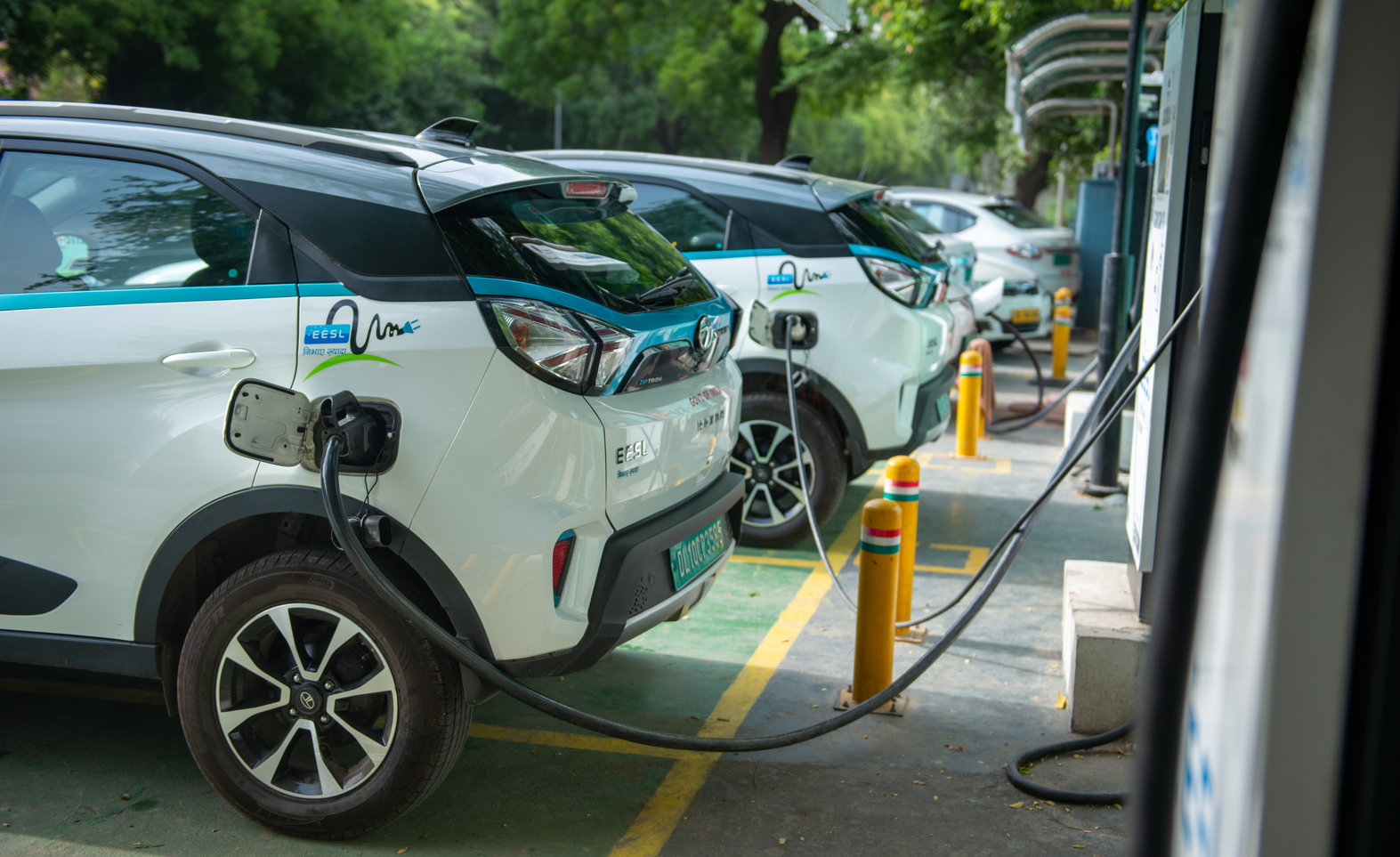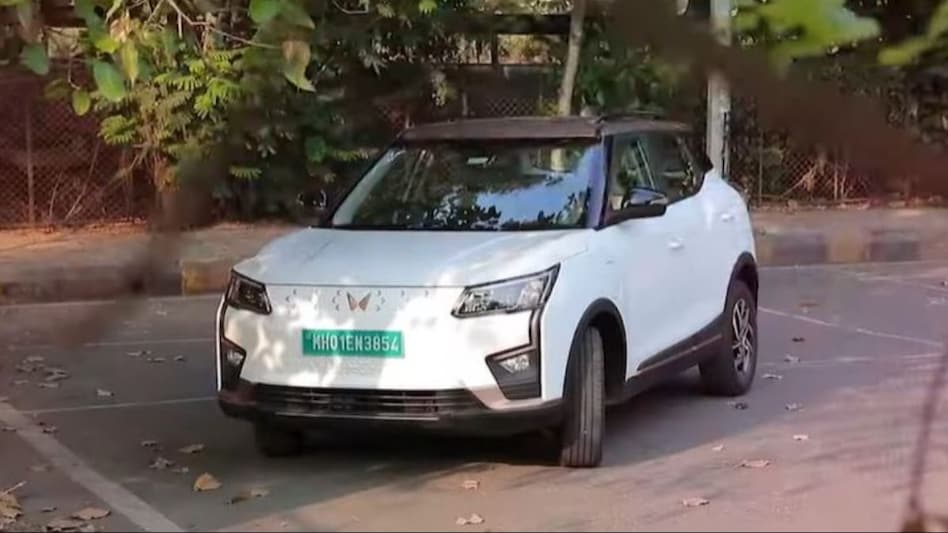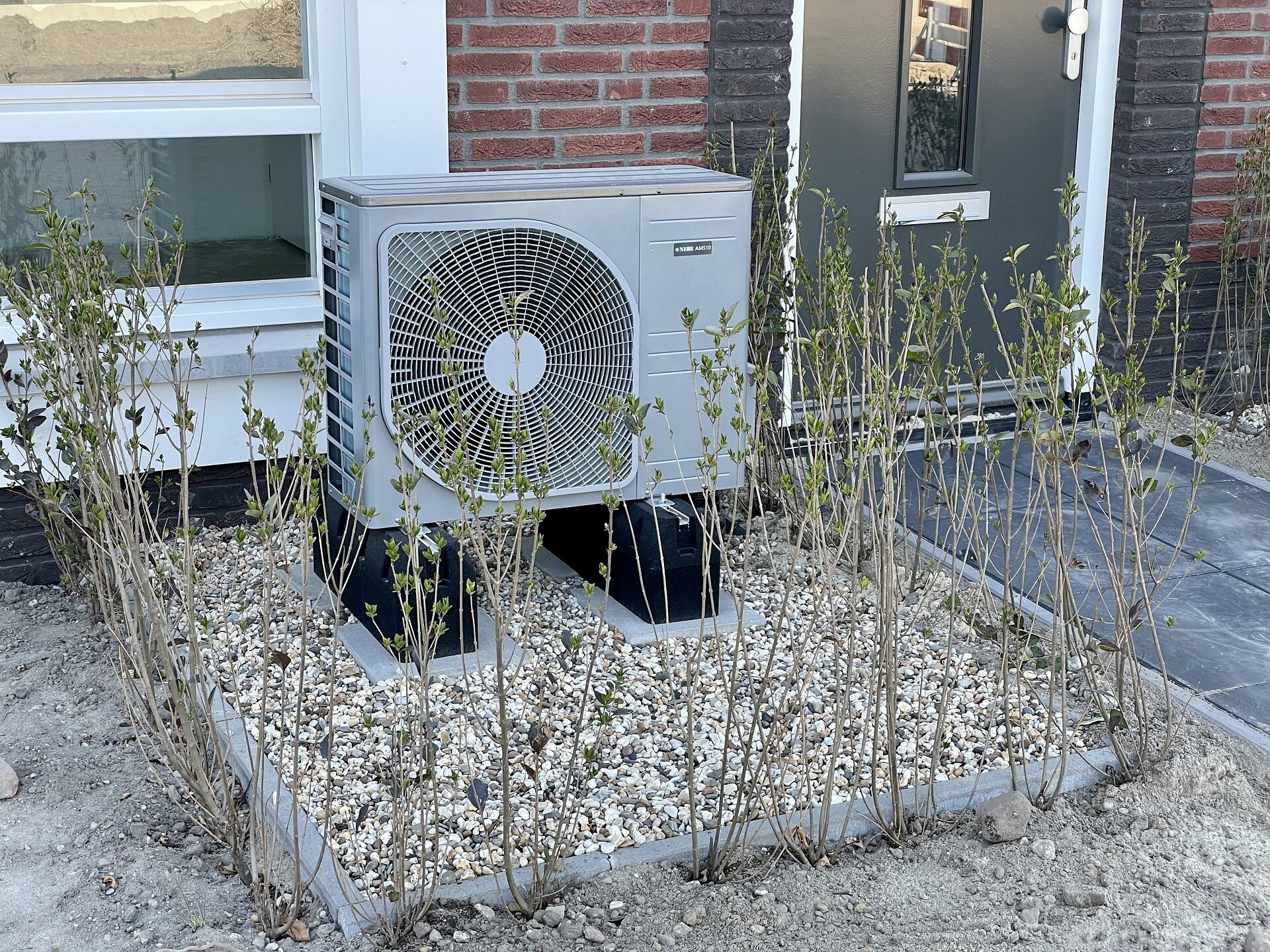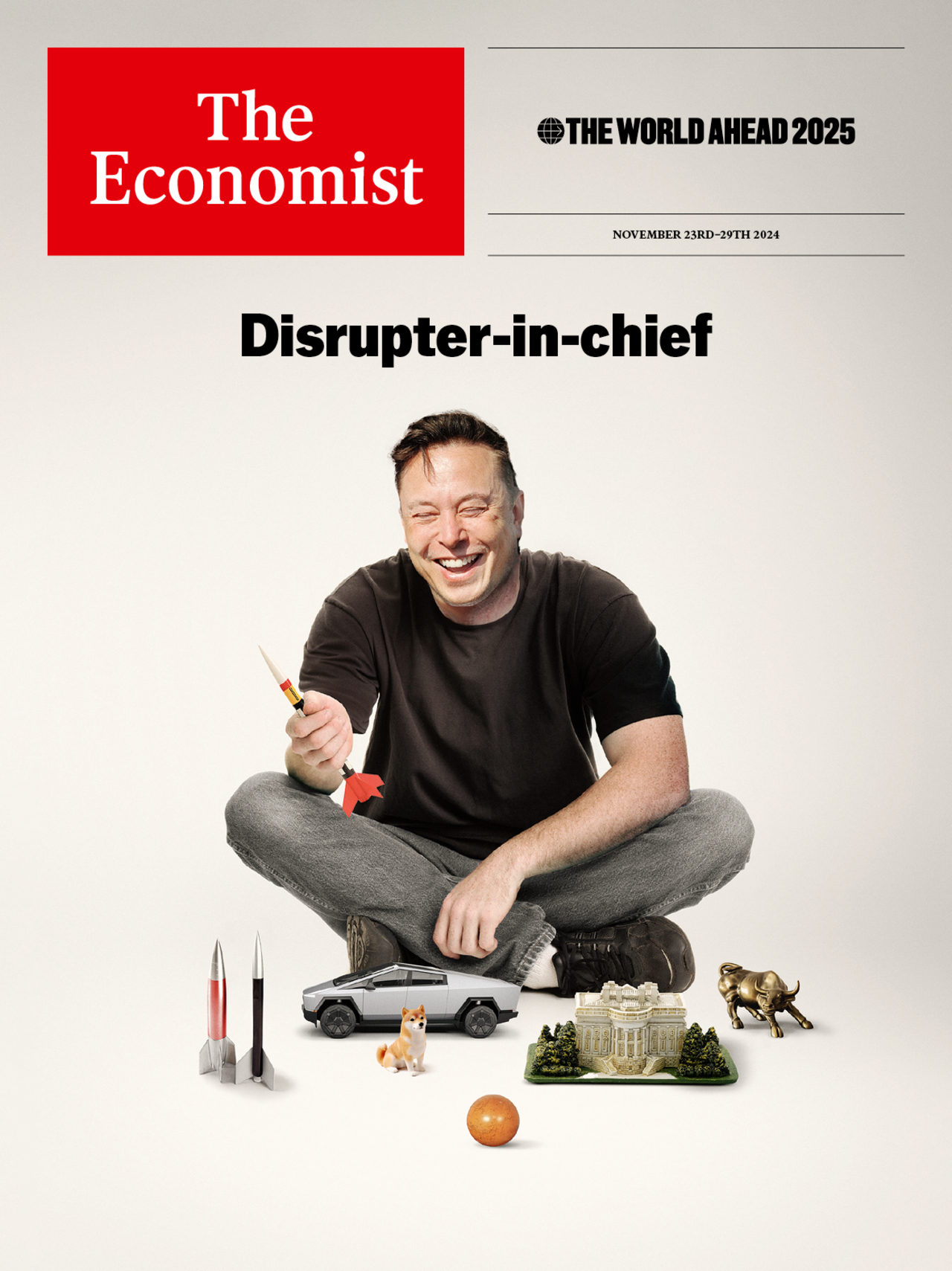
The Surge of Electric Vehicles in India: Insights from Mahindra’s Veejay Nakra
Electric vehicles (EVs) have truly become a focal point on the global stage, yet the recent trends indicate a dip in sales across many markets. However, India is emerging as a noteworthy exception, slowly carving its niche in the EV sector. In an illuminating discussion, Veejay Nakra, the President of Mahindra’s Automotive Division, shared his insights on the country’s evolving EV landscape and Mahindra’s strategic role in shaping its future.

Analyzing India’s EV Landscape
As Nakra emphasized, while the global EV market is witnessing certain levels of saturation, India is just at the starting line. “The global EV industry is at a certain level of penetration, but in India, we’re just getting started,” he stated, highlighting that the focus on EV manufacturing was officially launched only five years ago in 2018, when Prime Minister Narendra Modi laid the groundwork for the nation’s electric transition.
This nascent stage means that many of the electric vehicles on Indian roads today are adaptations of existing internal combustion engine (ICE) models. Nakra pointed out that a significant challenge lies in the costs associated with these conversions, stating that consumers currently pay a premium of 20-25% merely to switch to an electric powertrain. This indicates a pressing need for innovation and adaptation within the industry, particularly with Mahindra poised to introduce its born-electric SUVs.
Challenges on the EV Journey
Amidst global challenges leading to stagnating EV sales, Nakra remains optimistic about India’s potential. “We are just about at that cusp for the EV industry to take off in the country,” he noted. Key factors influencing this potential include addressing range anxiety, enhancing fast charging infrastructure, and advocating supportive policies that can facilitate wider adoption.
“We’ve only just begun, and with the right products and policy framework, India has the potential to become a global EV hub,” Nakra concluded, emphasizing the importance of proactive governmental measures in encouraging electric mobility.
Battery as a Service: An Indian Perspective
Another intriguing topic was the concept of Battery as a Service (BaaS), which is gaining traction in other global markets. Nakra expressed caution, underscoring a critical point about Indian consumer behavior. “In India, consumers are very sensitive towards asset ownership. Subscription models and battery services haven’t really taken off here,” he explained. This perspective highlights a specifically Indian challenge in shifting consumer mindsets from traditional models of ownership to newer, potentially more flexible arrangements.
Looking Ahead
Despite existing barriers, Nakra’s confidence in India’s EV potential stems from Mahindra’s innovative strategies in product development. As the company gears up to roll out a line of electric-origin SUVs, the landscape of electric mobility in India is poised for transformation. The anticipation of these new models is not just about expanding the EV market; it’s about redefining the mobility experience for Indian consumers.

To sum up, the journey ahead for India’s EV sector is brimming with possibilities, and with players like Mahindra leading the charge, it may just be a matter of time before the country emerges as a formidable player in the global EV industry.
Navigating the IPO Landscape: Deepak Builders and Engineers
In parallel to the advances in electric vehicles, the financial front also remains vibrant as evidenced by the upcoming IPO of Deepak Builders and Engineers. The public issue is set to open from October 21st to 23rd, 2024, offering shares at a price band of ₹192 to ₹203 per equity share, and aims to raise approximately ₹260.04 crore.
Financial Overview of the IPO
The trading dynamics suggest a significant interest with a grey market premium of ₹52 as of today, indicating healthy market sentiment around the IPO. Investors can expect the allotment date by October 24th, 2024, with listings proposed on both BSE and NSE, suggesting a promising entrance into the public market.

Cooling Mattresses: A Year-Round Comfort
Shifting gears, there’s also an increased focus on lifestyle products that cater to consumer comfort, such as cooling mattresses. With global warming leading to year-round warm conditions, the demand for sleep solutions that regulate temperature is becoming ever more pertinent. Cooling mattresses are designed using advanced technologies that provide a cool-to-touch surface, helping to maintain an optimal sleeping temperature (between 68 and 77°F), making them essential for hot sleepers.
Numerous innovative materials are used within these mattresses, including breathable fabrics, cooling gels, and even smart technology, ensuring that a good night’s sleep doesn’t slip away due to heat.
Conclusion
As the Indian market continues to adjust and innovate across various sectors from electric vehicles to home comfort products, the focus remains on consumer-centric solutions. Whether fostering electric mobility or enhancing sleep quality, the future appears promising—with the right approach and investment steering India toward a leading role on the global stage. Stay tuned for more insights into India’s rapidly evolving business landscape and technological advancements.















